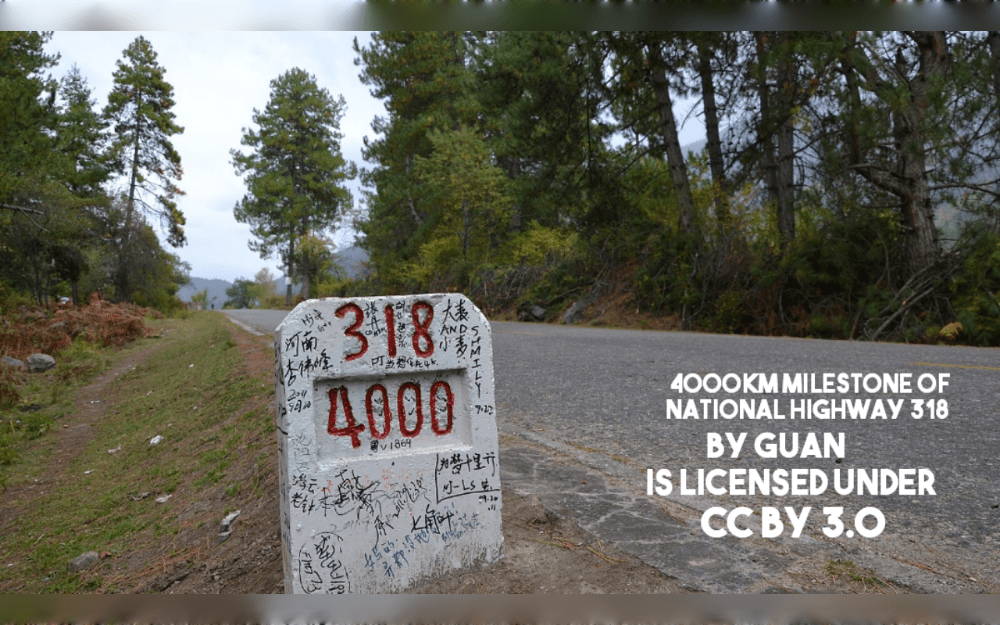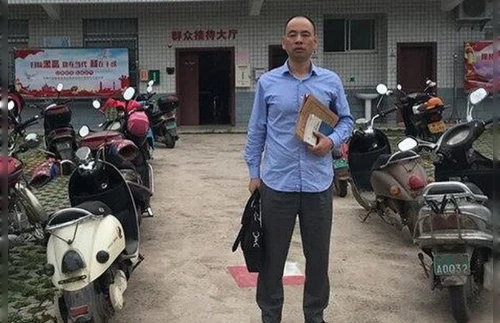But Tibetans believe the resulting economic marginalization could increase tensions in the region.
By Lobsang and Tenzin Pema for RFA Tibetan

A Chinese government measure to boost the economy and improve the business environment of the Tibet Autonomous Region will benefit the large and growing Han population there, while Tibetans face increased economic marginalization, according to a new think-tank report.
Chinese officials have doubled down on expanding existing economic and technology development zones, or ETDZs, in Tibet, says a July 26 report by the Jamestown Foundation, a Washington think tank.
The zones are in keeping with the government’s focus on urbanization, cross-border trade and a strategy to shift the Tibetan economy away from traditional sectors, such as agriculture and herding, and into export-oriented industries.
As such, the zones focus on urban centers such as Lhasa, Lhokha, Shigatse, Nyingtri and Chamdo — cities with large and growing Han Chinese populations. This means the Han will reap the economic spoils from the zones, while Tibetans are excluded, possibly straining relations between the two ethnic groups even more, the report says.
“Heavy subsidization, Han control of the Tibetan economy (except for in the agriculture and livestock sectors), and the marginalization of ethnic Tibetans could cause problems for both the local economy’s prospects and are likely to deepen social tensions,” Devendra Kumar, associate fellow at the Centre of Excellence for Himalayan Studies at the Shiv Nadar Institution of Eminence in Delhi, India, wrote in the report.
“The government’s more recent initiatives could simply exacerbate the problems, particularly as the new parks and zones are focused on pockets of the rising Han population,” Kumar added.
The report came around the time that the Chinese government announced that the Tibet Autonomous Region recorded economic growth of 6.1 percent during the first half of 2024, compared to over 8% during the same period in 2023.
Tibetans say Beijing’s measures to spur the autonomous region’s economy, such as the tech zones, have left them out in the cold because of ongoing economic marginalization.
Assimilationist policies
Tibetans have long been shut out of government and construction jobs, dominated by Han migrants. They are also hurt by Beijing’s assimilationist policies that disadvantages them when competing for urban employment opportunities.
Government restrictions on Tibetans banning them from travel inside and outside the region and onerous requirements for travel and business permits limit business opportunities, said several Tibetans from inside Tibet, including three businessmen.
“Major business opportunities are given to Chinese individuals, and Tibetans are only occasionally assigned minor and small businesses,” one of the businessmen said.
Han Chinese accounted for more than 12% of the population of 3.7 million people in the Tibet Autonomous Region, according to China’s 2020 census data.
But the Han constitute a majority or a near majority in certain urban centers. They make up about 39% of the population in Chagyib district of Nyingtri, a prefecture-level city known as Nyingchi in Chinese.
About 57% percent of the population in Gar County in Ngari prefecture, according to 2019 figures from China’s National Bureau of Statistics.
In June, Wang Junzheng, party secretary for the Tibet Autonomous Region, reportedly instructed officials at the Lhasa economic-technological development zone to support Tibetan products to be traded globally.
But with China’s ongoing border tensions with India and trade limited to Nepal, experts said this would be far from easy.
And traveling for business to neighboring Nepal, a pro-China nation, is difficult, Tibetans said.
“In reality, traveling from Lhasa is very difficult for Tibetans,” said a Tibetan businessman from Lhasa. “If Tibetans were allowed to freely export and do business, it would be beneficial.”
‘Labor work if they are lucky’
Instead, Tibetan businessmen serve as mere middlemen, buying from local Tibetans and then selling to Han Chinese businessmen in Tibet who export these products, the same businessman said.
For the past 15 years, the Chinese government has been trying to reset Tibet’s economy, which has until now been driven largely by massive subsidies from the central government, Kumar said.
But the subsidies and large investment opportunities, which Chinese officials say are meant to improve the livelihoods of Tibetans, are mostly doled out to Han Chinese who live in Tibet, another Tibetan businessman from Lhasa told Radio Free Asia on condition of anonymity for fear of reprisal.
“If a business opportunity or plan involving a 100,000-yuan [US$14,000] investment is in place, a Tibetan will never receive that investment,” he said. “It will be given to Chinese individuals, and local Tibetans may only get employed for labor work if they are lucky.”
In the meantime, it will take a while before the establishment of the ETDZs as an economic strategy bears fruit, Kumar wrote in the Jamestown Foundation report.
“ETDZs are designed in part to support exports, but the TAR’s external trade is currently limited to Nepal,” he said.
For the past 16 years, the Chinese government has focused on developing tourism, mining and construction industries in the Tibet Autonomous Region, “but their potential to help shift to indigenous growth remains limited,” Kumar said.
This is why provincial officials have embarked on initiatives that replicate the growth model of inland provinces, he said.
While tourism in Tibet might bring some temporary income to Tibetans, the cost of economic development far outweighs any minor benefit they receive, Lhade Namlo, an Australia-based researcher on Tibet and China, told RFA.
The likely negative impact of industrial development and mining activities on the environment and the long-term dangers posed to neighboring Southeast Asian nations, including India, cannot be ignored, he added.
Additional reporting by Chakmo Tso and Dickey Kundol for RFA Tibetan. Translated by Tenzin Dickyi for RFA Tibetan. Edited by Roseanne Gerin and Matt Reed.
“Copyright © 1998-2023, RFA.
Used with the permission of Radio Free Asia,
2025 M St. NW, Suite 300, Washington, D.C. 20036.
https://www.rfa.org.”












